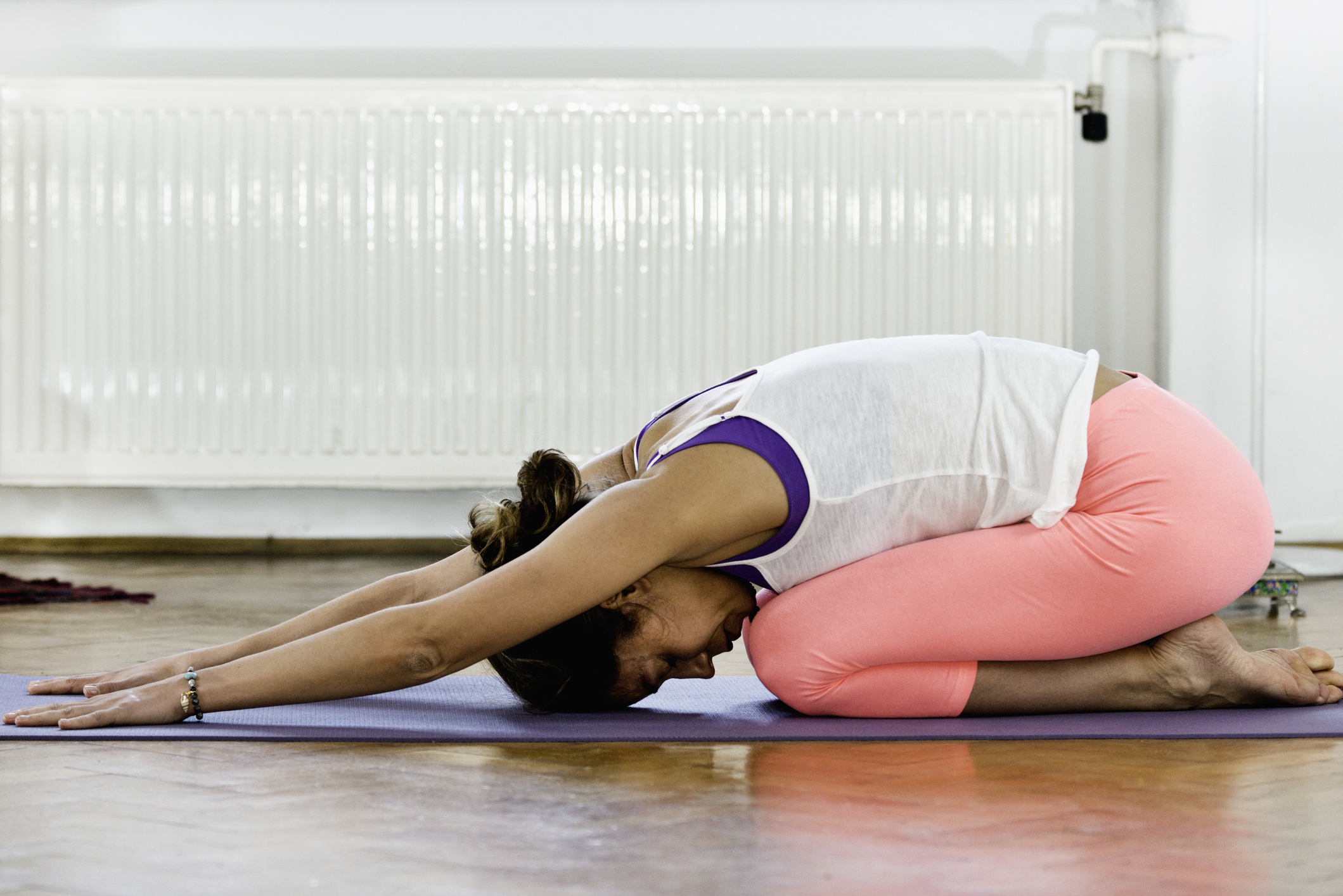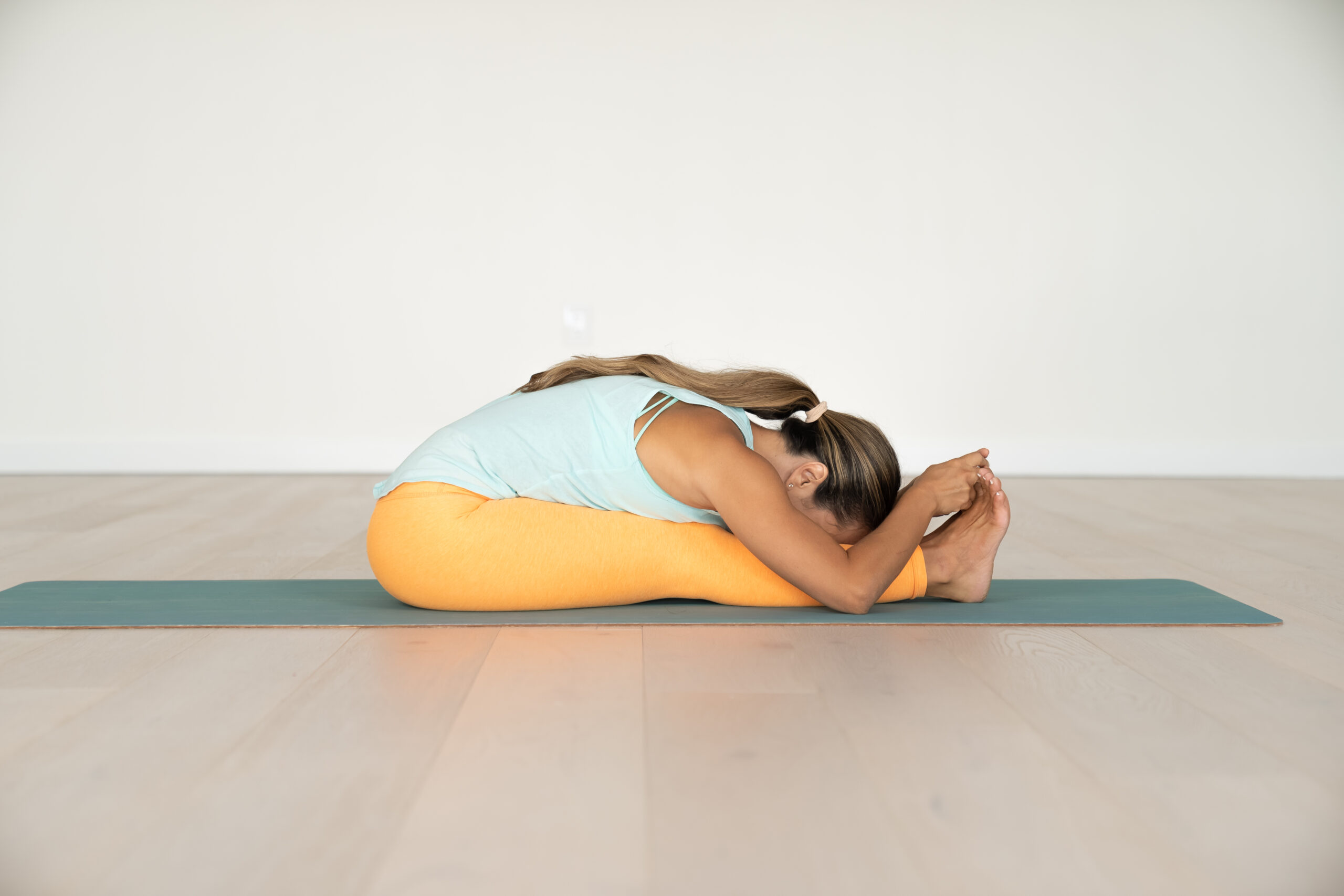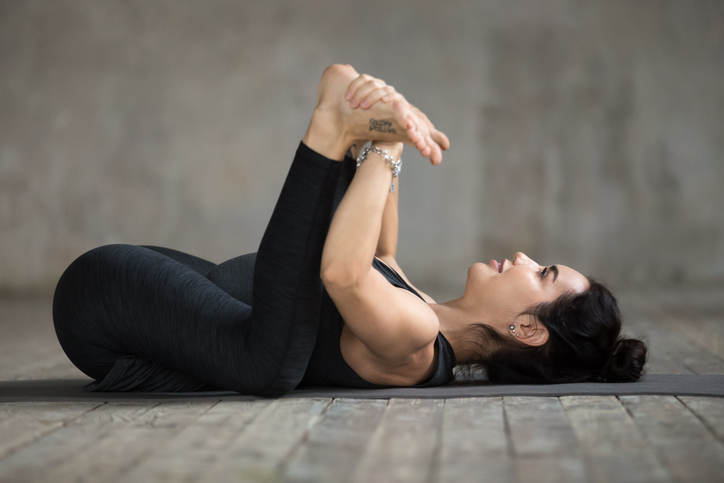Disclaimer: Always consult your physician before beginning any exercise program.
According to the CDC, 1 in 3 adults don’t get enough sleep, which affects every aspect of their lives, whether it’s a hectic schedule, work, relationships, and more recently, COVID-19 worry. But there is hope; yoga can help.
It used to be that people would wind down with a good book before bed; now, it’s scrolling social media, gaming, and even working from bed. However, changing it up with a few yoga poses, breathing techniques, and meditation before going to bed can help improve your sleep.
“We are so busy and overstimulated today that society as a whole is experiencing more stress than ever,” said Karen Vizyak, physical therapist, seasoned yoga instructor, and resilience integration specialist for Intermountain Health. “Yoga, and specifically yoga before bed, can help people reclaim their thoughts and transform them into something positive – a better sleep that will improve their lives overall.”
Multiple studies have shown that yoga’s benefits to sleep include better quality of sleep, with fewer disturbances and decreased need for medication to sleep. Other benefits include:
An increased feeling of mental calm and a positive outlook on life. It helps decrease anxiety, anger, and rage while activating the brain centers that contribute to happiness and pleasure.
- Increases circulation and endorphins that encourage relaxation and help with restful sleep.
- Improves the respiratory muscles for improved oxygen saturation.
- Improves flexibility and helps reduce swelling in legs and feet.
- Aids in digestion and improved physical health related to Irritable Bowel Syndrome (IBS).
Yoga before bed helps calm the body, slow the breath, focus on the present and prepare for sleep. It is restorative and transitions the nervous system from the sympathetic system (the fight-or-flight response) to the parasympathetic system (the rest and digest system), inducing relaxation.
Ready to try it? Here’s how.
Be sure the poses you choose are conducive to winding down and relaxing. Most poses that include a forward flexion (forward bending motion) will work well. Many video resources are available online, but here are a few of our favorites to get you started.
During each pose, be sure you center your breath and begin to let your thoughts slow down. Turn your awareness inward. Hold each posture for three to five breaths.
Child’s Pose
- Step 1: Begin on your hands and knees.
- Step 2: Press your hips back to your heels and bring your chest between your thighs.
- Step 3: Your big toes should be touching, your knees should be as far apart as needed to be comfortable, and you should be able to breathe deeply.
- Step 4: Rest your forehead on the ground and walk your fingertips in front of you, stretching through the arms.
Seated Forward Fold
- Step 1: Begin seated on your bed, floor, or flat surface.
- Step 2: Bend forward, with your feet hip-distance apart and knees bent to take any tension from your low back.
- Step 3: With an inhale, lift your torso halfway and place your fingertips on either side of your feet, or place your palms on your shins or upper thighs.
- Step 4: Look up slightly to lengthen your neck. Take several deep breaths.
- Step 5: Exhale to release back into your forward fold and deepen the stretch.
Legs Up the Wall
- Step 1: Using a wall, sit with your feet firmly on the floor and your left side directly against the wall.
- Step 2: On an exhale, turn so your back is on the floor and your feet are flat against the wall.
- Step 3: Bring your tailbone closer to the wall if you can. Relax your body while keeping your legs propped up against the wall.
- Step 4: To come out of the pose, bend your knees and push away from the wall. Turn to your right side and lie in a fetal position; move to a seated position.
Happy Baby
- Step 1: Bring both knees into your chest and grab your two big toes.
- Step 2: Then pull your heels to the ceiling, keeping your tailbone down on the ground. Your knees should be in your underarm area.
- Step 3: Rock back and forth to gently massage the spine. This pose helps relieve abdominal discomfort. It is also a perfect final spinal relaxation pose.
Yoga will help you relax your mind and body and prepare you for better sleep. However, remember that its effectiveness relies on your mindfulness. If your mind is not present, but instead on the one last email you forgot to send, you won’t see the full benefits you are hoping to find.
As always, if you have questions about how practicing yoga will affect you, ask your doctor.
Learn more about Intermountain Health's Sleep Medicine services.



